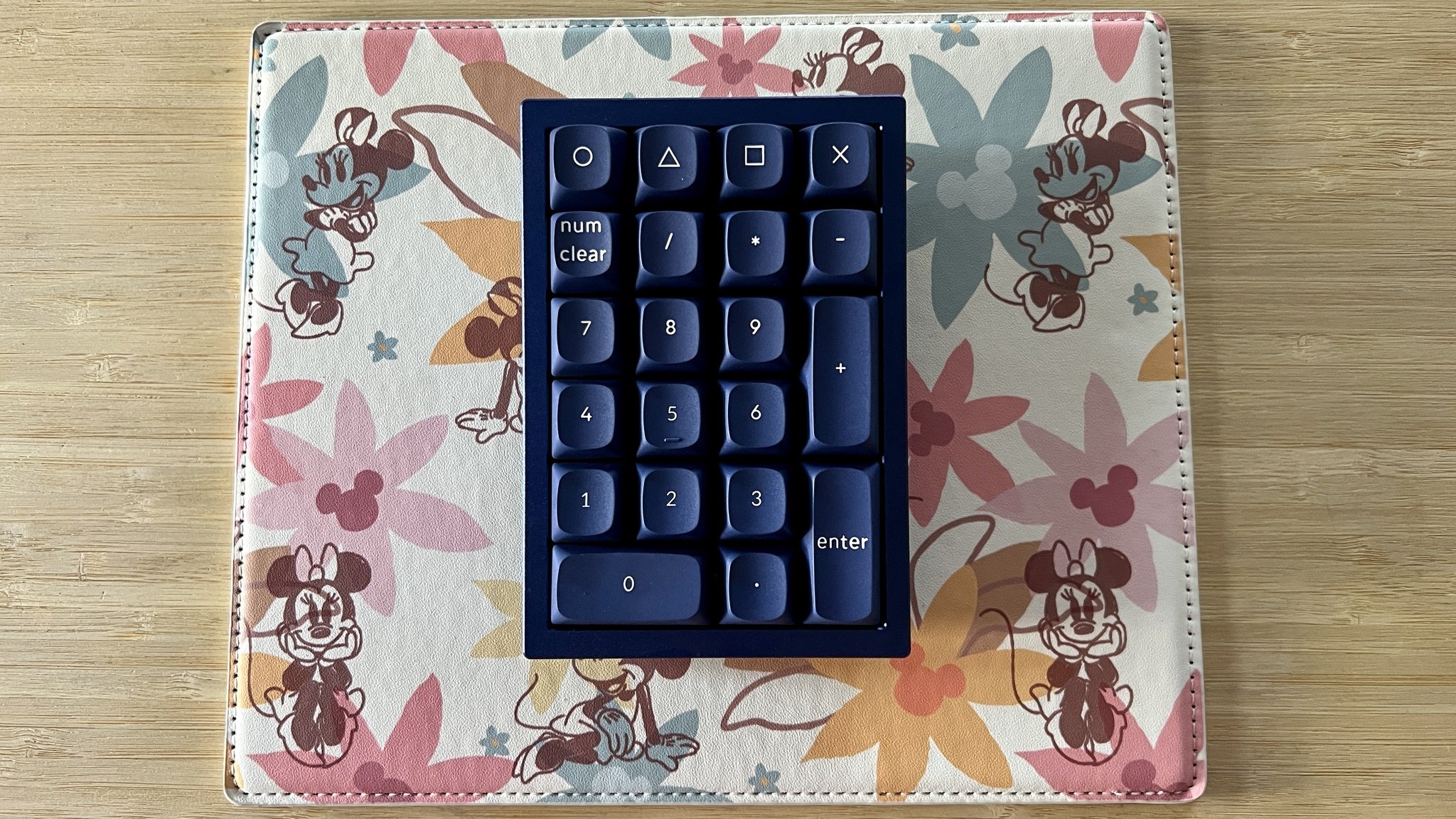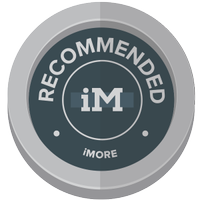iMore Verdict
Bottom line: Keychron Q0 is a mechanical number pad for those who prefer smaller keyboards but occasionally need a number pad. It has a solid, hefty build and is fully customizable from hardware to software.
Pros
- +
Small and compact size for any setup
- +
Premium aluminum metal body
- +
Hot-swappable and compatible with most keycap sets
- +
South-facing RGB lights
- +
Fully customizable through QMK/VIA
Cons
- -
Only a number pad
- -
Frame color may not match other Q-series keyboards exactly
You can always trust iMore.
One of the hobbies that I picked up during the pandemic is mechanical keyboards. In that time, I learned that I honestly prefer non-full size keyboards — you know, the ones that don't have the number pad. That's simply because in my line of work, I don't need a 10-key on a daily basis.
However, that doesn't mean that the occasional need for a number pad never comes up. Sometimes I do need to do some calculations regarding business expenses or even taxes and bills, and using the number row on my keyboard is a little annoying. But that need isn't often enough where I would want to use a full-size keyboard as my daily driver, which is why I've been wanting a separate mechanical number pad to accompany my mechanical keyboard for some time.
Keychron recently added the Q0 to its lineup and I got my hands on one to try out. As a person who doesn't rely daily on having a number pad, it's a nice accessory to have for those days when you do need it.
Keychron Q0: Price and availability
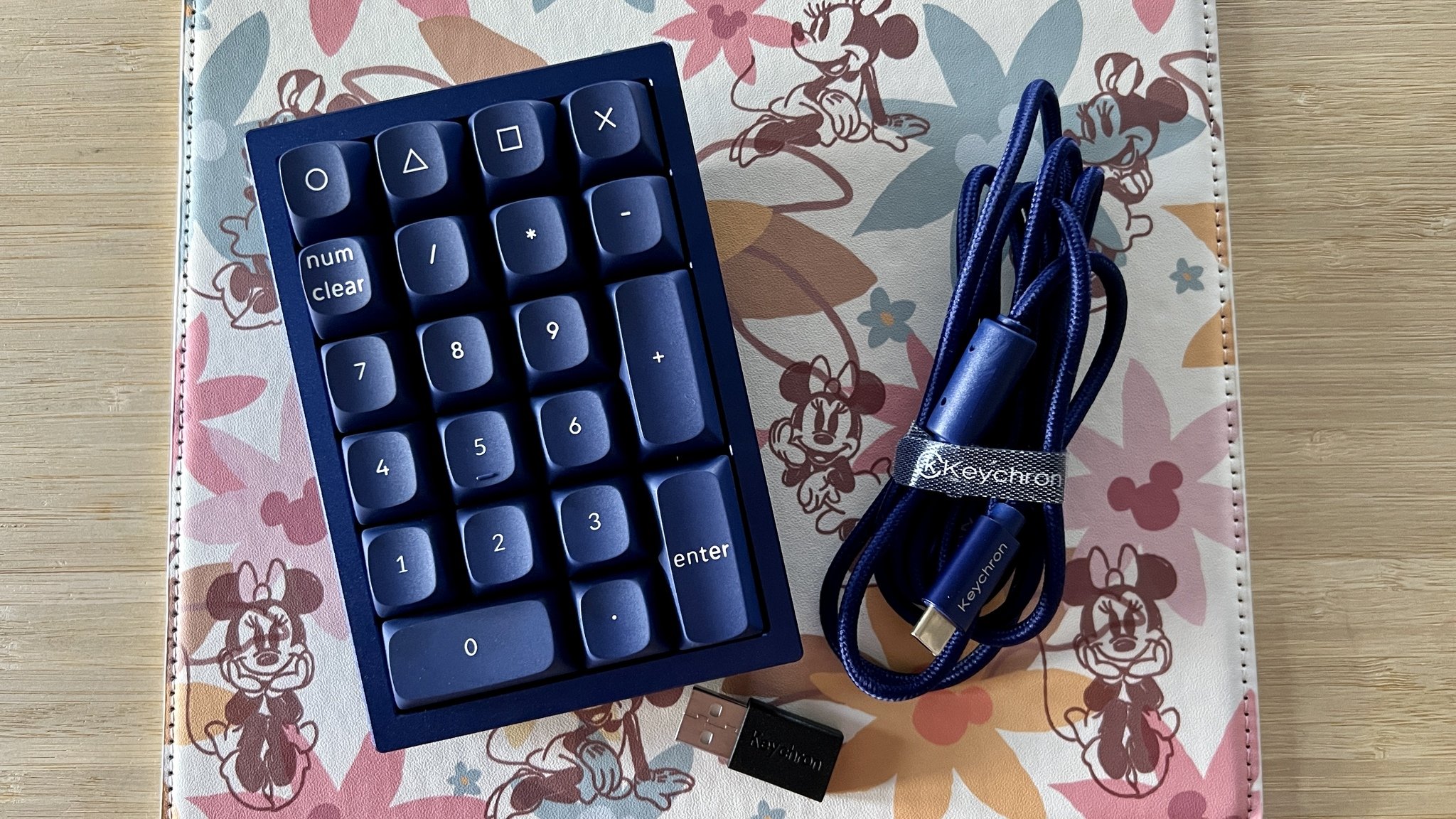
All of Keychron's Q-series custom mechanical keyboards are only sold on the Keychron website and the Q0 is no different. The Keychron Q0 comes either barebone (DIY) or fully assembled. It is available in three body colors: carbon black, silver-gray, or navy blue. If you opt for the fully assembled version, you can choose from Gateron G Pro Red, Blue, or Brown switches. The barebone version starts at $69, though you will need to provide your own switches and keycaps, which is a separate expense. The fully assembled version costs $79 and comes with the switches and Keychron's OSA PBT keycaps.
Like most custom mechanical keyboards, the Q0 may go in and out of stock on the Keychron website frequently. If you are set on purchasing one and the color and switches you want are not available, make sure to sign up for email notifications for when they do come back in stock.
Keychron Q0: A premium mechanical number pad
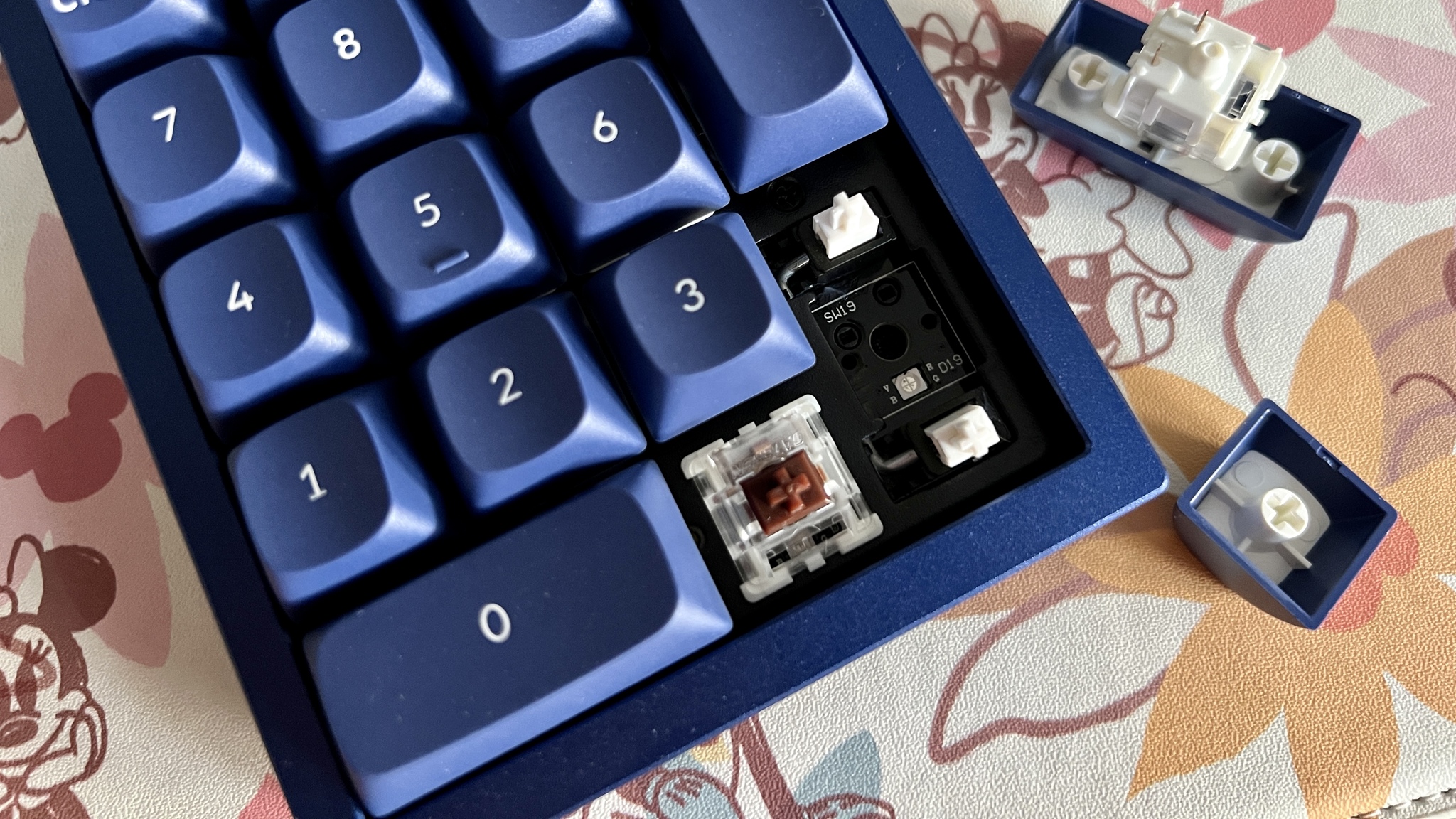
Ever since I got into the mechanical keyboard hobby a few years ago, I often found myself preferring smaller size keyboard layouts over the full-size ones that include a number pad. That's because in my daily keyboard use, I don't rely heavily on the 10-key. However, every now and then I do need it, and that's why I've been wanting a separate number pad for such occasions. Keychron has finally delivered with the Q0.
The Q0 is small but hefty, considering that it's a solid piece of aluminum.
Just like the other Q-series mechanical keyboards from Keychron, the Q0 has a solid aluminum metal body. That means that despite the small size (it's just a number pad, after all), it's quite hefty and solidly built. The Q0 also comes in three attractive colors: carbon black, silver-gray, or navy blue. Regardless of how the rest of your desk setup looks, at least one of these colors will be a nice complement. I personally love the metallic sheen on the navy blue unit that I have.
iMore offers spot-on advice and guidance from our team of experts, with decades of Apple device experience to lean on. Learn more with iMore!
Since the Q0 is part of the Q-series, there is no wireless connectivity with this one, unlike the K-series (there is no wireless K0 yet). But you get all of the necessities in the box with the Q0: a Type-C to Type-C cable with a Type-A to Type-C adapter, along with a switch puller, keycap puller, and a screwdriver. If you get the fully assembled version, you get your choice of Gateron G Pro Red/Blue/Brown switches and Keychron's OSA PBT keycaps that match your Q0 body color.
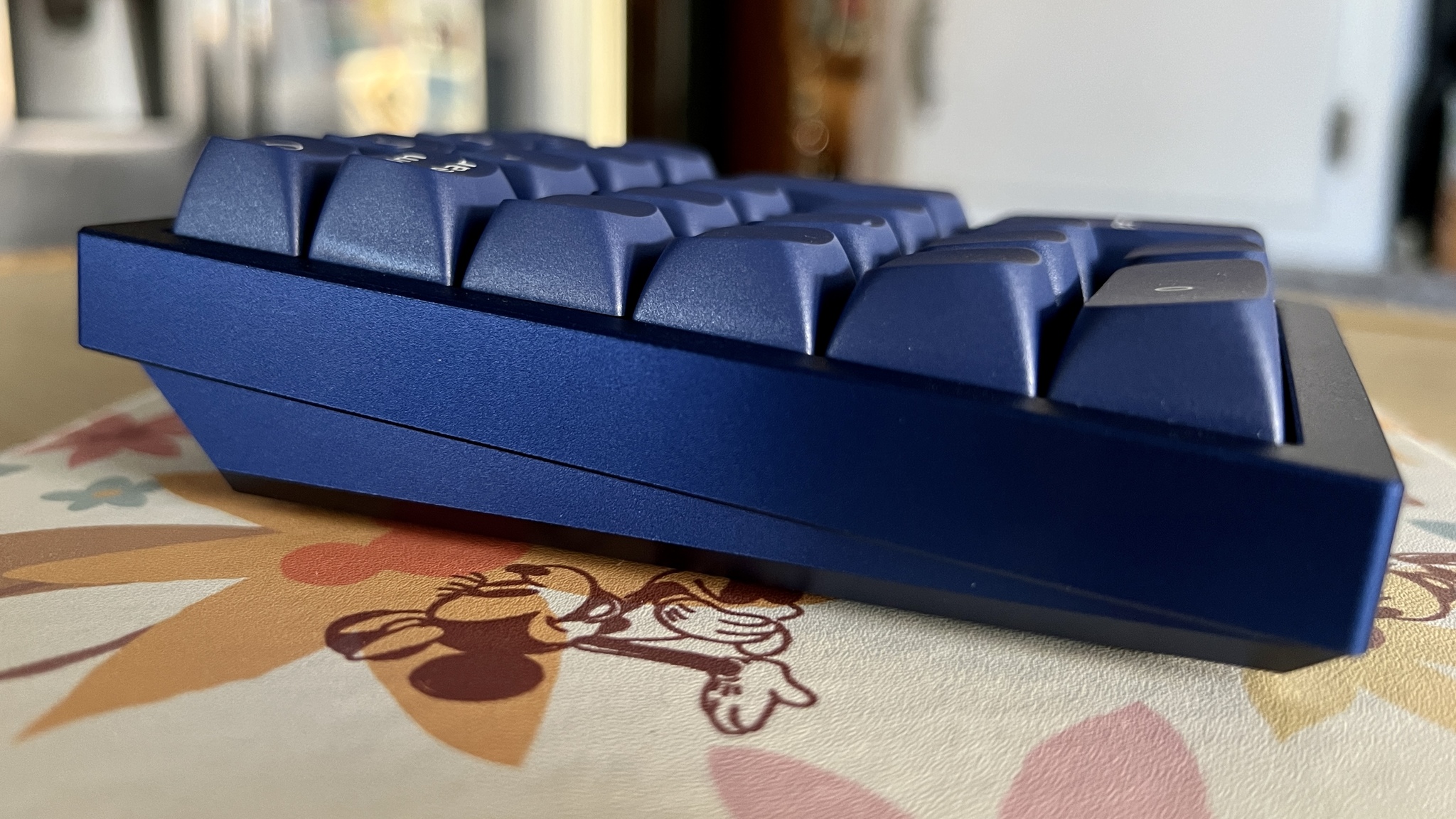
My review unit came with the tactile brown switches, which are my preference out of the three (Reds are silent linears and Blues have loud clicks). Keychron's OSA PBT keycaps are also a step above the standard keycaps that previously came on the K-series boards. Since they're PBT they are a little thicker than the cheaper ABS caps, so they won't wear out as easily or get as oily with extended use. OSA profile is also a combination of the standard OEM profile with SA-like spherical shape and height. My personal preference for keycaps is uniform profile, but the OSA caps from Keychron are pretty good quality, all things considered. The height may take a little getting used to if you're not familiar with it, but it may not be as noticeable with the Q0 since it's only a number pad and not a full-on main typing keyboard.
Speaking of height, the Q0 is slightly angled thanks to rubberized feet on the bottom, making it easy to reach for and type on. However, it doesn't have pop-out feet like other keyboards, so the height and angle are fixed, and not adjustable, unfortunately. Personally, for someone like me who only needs the number pad every now and then, the set angle and height aren't an issue.
While the Q0 is a numpad by default, you can use QMK/VIA software to remap and program individual keys.
The real meat of the Q0 is in the customization. Even though it's just a number pad, it's hot-swappable, so you can change out the switches to something else if you'd prefer, or just grab the barebone version and put in your own switches from the get-go. The printed circuit board (PCB) on the Q0 supports both 3-pin and 5-pin MX mechanical switches, so it's pretty much compatible with anything you can find on the market. And since it takes MX mechanical switches, that means you can also use basically any standard keycap set out there since MX stems are pretty much the norm. The Q0 also has south-facing RGB lights, though you can turn them off if you just don't want lighting on.
Finally, the Q0 can also be customized through QMK/VIA software. You'll have to grab the JSON file on the Q0 product page first, but then you can simply import it into VIA and change out key mapping from there. The reason the JSON file is still needed at this time is because the Q0 VIA code is still awaiting approval from Github, at which point it should automatically be recognized by VIA. Until then, the JSON file is needed.
The Q0 can be a mini macro board if you really want it to be.
Through software like VIA, individual key programming and remapping can be achieved. This means that you could keep the Q0 at its default settings as a number pad, but you could take it a step further and turn it into a full-on macro board, or pretty much anything you want — the possibilities are endless.
For now, my Q0 is still set to default settings because I like having a number pad around if I need it. But if I change my mind, I can tweak it as I see fit. It's also a very solid mechanical number pad, and the choice of colors is a nice selection that should be able to complement any desk setup that has a great mechanical keyboard.
Keychron Q0: It's a niche product for an already niche community
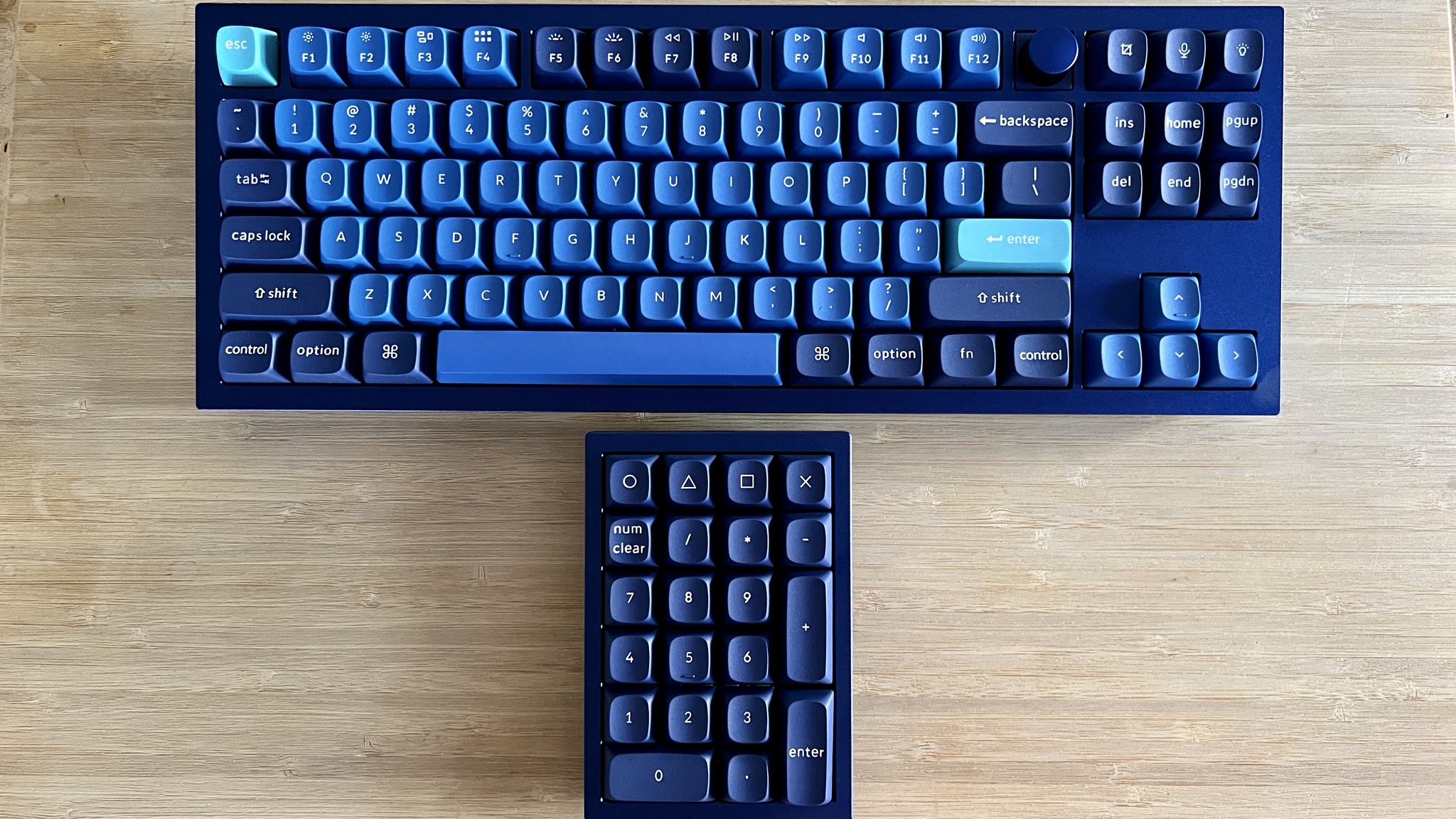
I don't have a lot of issues with the Q0 but I think the biggest elephant in the room is the fact that this is first and foremost a number pad only. If you have zero need for a number pad then the Q0 is definitely not for you. But considering that it's fully customizable, you could create a mini mechanical keyboard full of macros that could help you become more productive, or if you're gaming, make your in-game life easier. I mean yes, it's a number pad on the surface, but it can literally be anything you want it to be. Of course, whether that's worth the $79 price tag is up to you.
The colors of the Q0 may not match up perfectly with the other Q-series boards from Keychron.
While it's not a big deal to me, Keychron does note that the case body colors on the Q0 may not match up exactly with other Q-series boards. This is because the Q0 was manufactured separately. For most people though, this shouldn't be too bad, as I feel like they are pretty close. But if you're more particular about these kinds of things, then it may be worth noting.
Keychron Q0: Competition
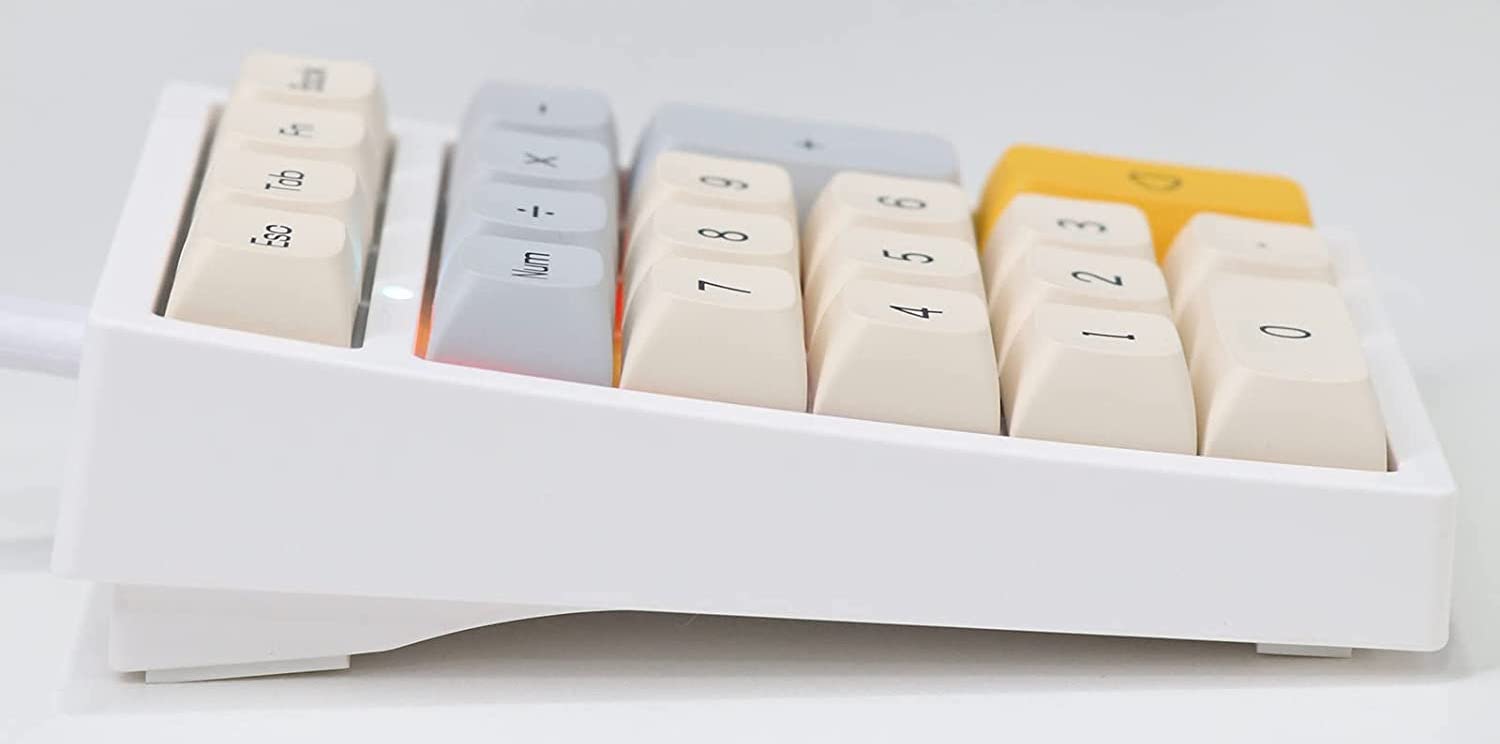
While the mechanical keyboard hobby is pretty large for such a niche world, finding a good mechanical numpad can be a little tough.
But if you look online at places like Amazon, there are a few different mechanical numpads that do show up, like the EPOMAKER SKYLOONG SK21 Numpad. This one gives you all of the basics of a numpad, along with a few extra keys that are programmable to what you need. It has a few different color options, including a kind of e-white (a very popular color in the mechanical keyboard world), and it's about half the price of the Keychron Q0. And it is also hot-swappable with RGB backlighting, though it appears to use a sort of custom software to reprogram keys, instead of the universal VIA/QMK protocol.
There are also unique ones like the Ducky Pocket, which even doubles as a calculator with a built-in LCD screen. However, this one is a little hard to find, unfortunately. This one has been on my wish list for a while, but I personally do not have experience with mechanical numpads besides the Keychron Q0.
Keychron Q0: Should you buy it?

You should buy this if ...
- You like having smaller mechanical keyboards but need a numpad occasionally
- You prefer mechanical keyboards
- You love to customize
You shouldn't buy this if...
- You have no need for a mechanical numpad or macro pad
- You don't like mechanical keyboards
- You can just use the number row or layers
I love great mechanical keyboards, but my preference definitely lies with the smaller layouts, preferably 75% or TKL, but no less than 65%. All of these lack a number pad, but for most of what I do on the computer every day, I don't need it. But when something like tax season rolls around, I need to do some calculations, and using the number row on my Keychron Q1 can be a little tedious. That's when I like to pull out my Keychron Q0. It's a mechanical numpad that is quite hefty and solid thanks to the premium metal body and it's fully customizable from the switches, keycaps, and programming. In fact, if you don't want to use it as a numpad, you can use VIA/QMK software to reprogram all of the keys into macros or other useful functionalities that you will use.
But if you have zero need for a number pad or macro board in addition to your mechanical keyboard, then the Keychron Q0 won't be for you. The Q0 is for a certain niche in an already niche hobby, so it's definitely not for everyone. It's also a bit pricey for just a numpad, considering that you can find other alternatives for slightly less. Of course, they may not be made with a solid chunk of metal, but still worth noting. And if you're a perfectionist, just be warned that the colors of the Q0 may not perfectly match up with the other Q-series boards since the Q0 was manufactured separately (I personally think the colors look fine, though).

Christine Romero-Chan was formerly a Senior Editor for iMore. She has been writing about technology, specifically Apple, for over a decade at a variety of websites. She is currently part of the Digital Trends team, and has been using Apple’s smartphone since the original iPhone back in 2007. While her main speciality is the iPhone, she also covers Apple Watch, iPad, and Mac when needed.
When she isn’t writing about Apple, Christine can often be found at Disneyland in Anaheim, California, as she is a passholder and obsessed with all things Disney, especially Star Wars. Christine also enjoys coffee, food, photography, mechanical keyboards, and spending as much time with her new daughter as possible.
